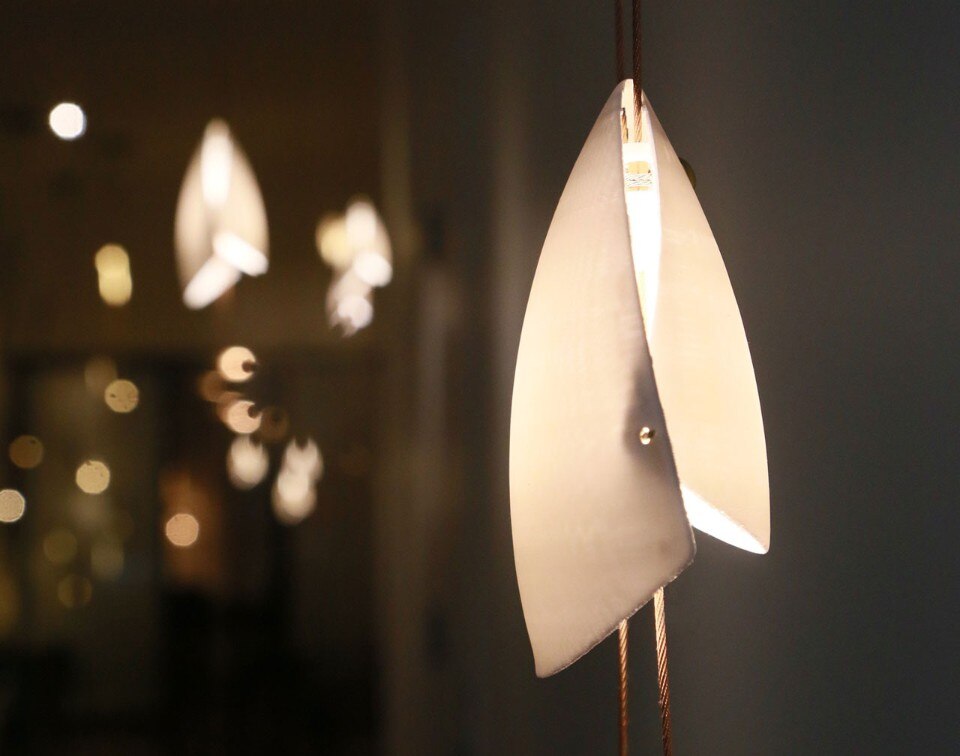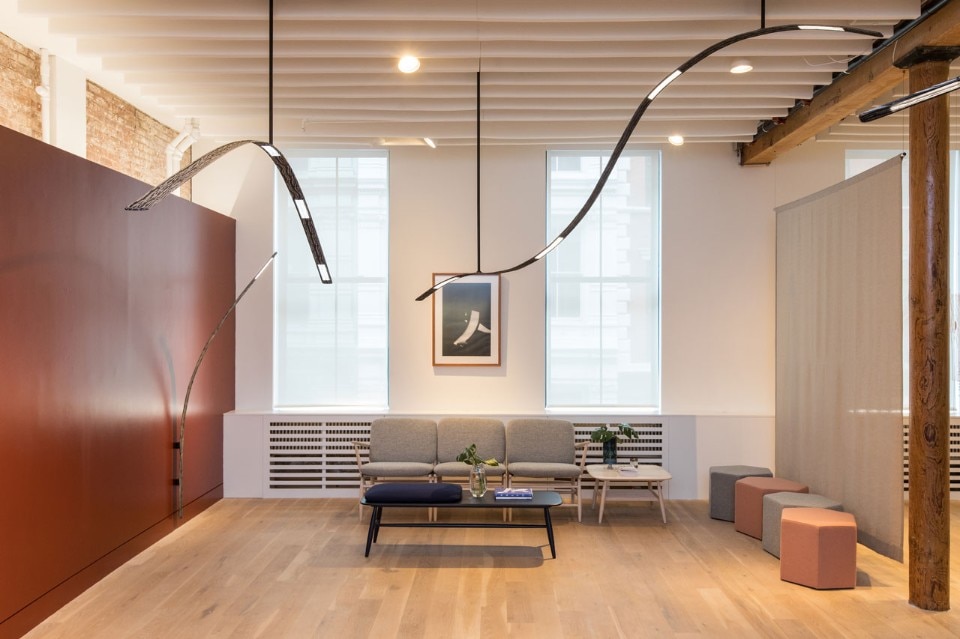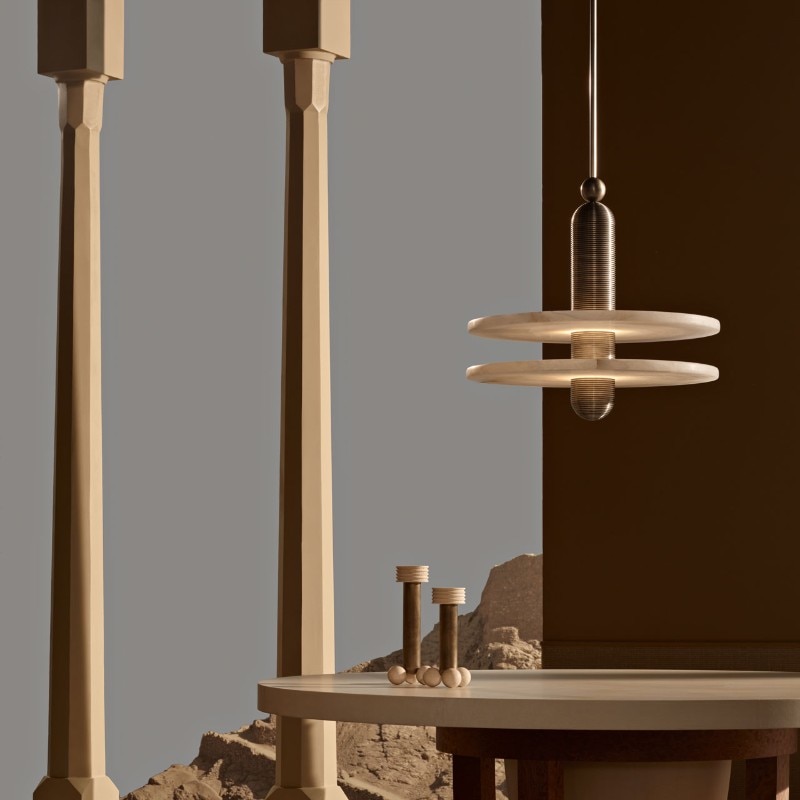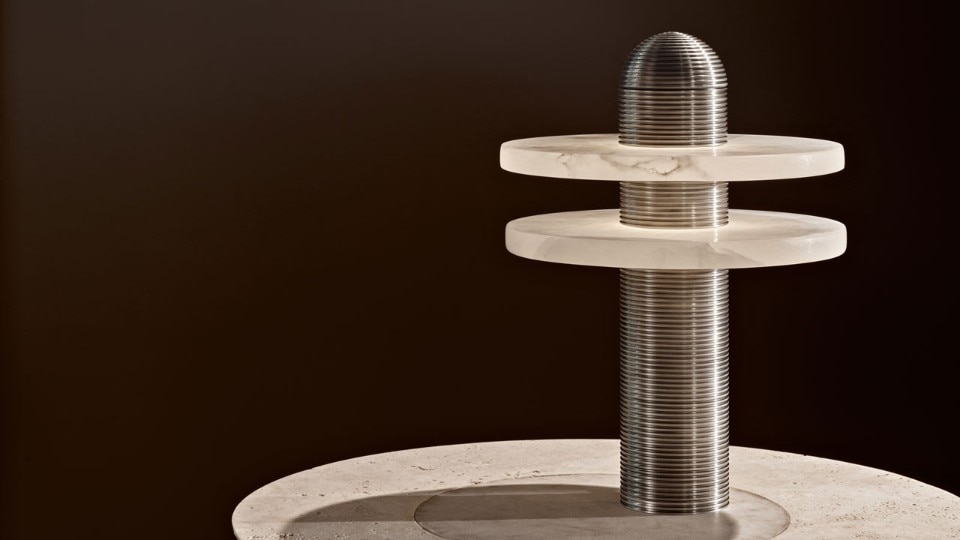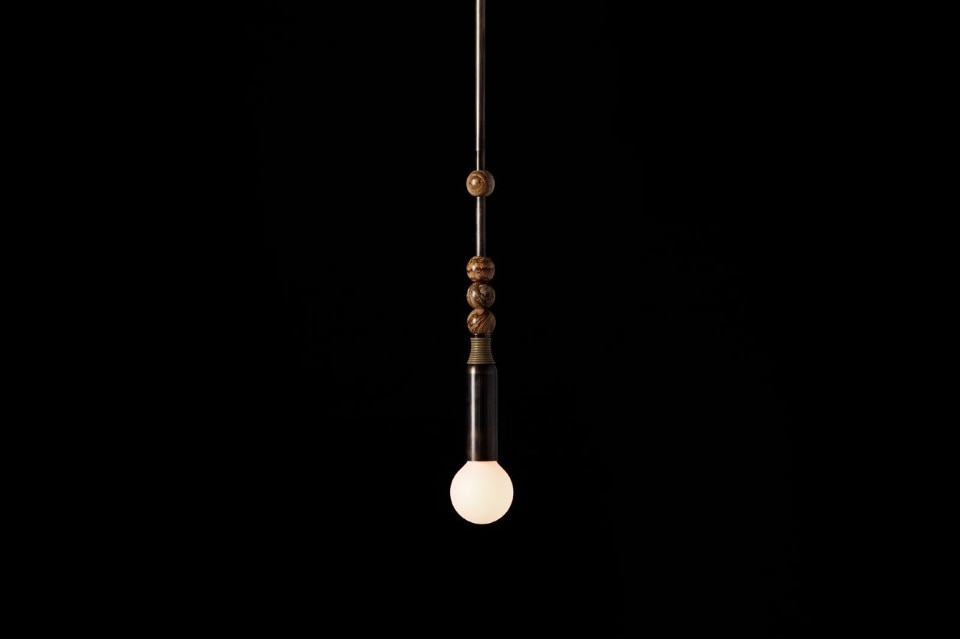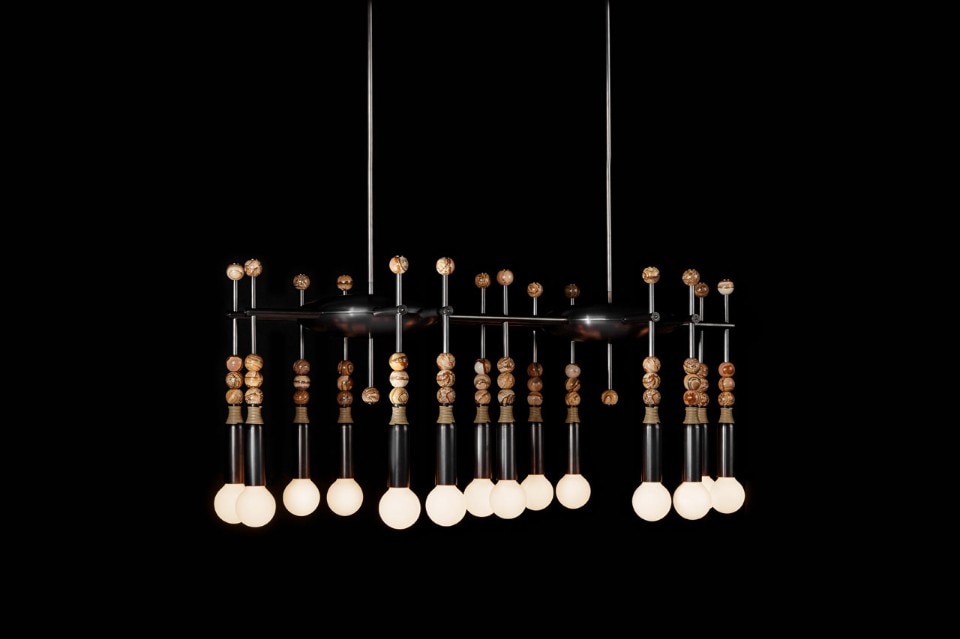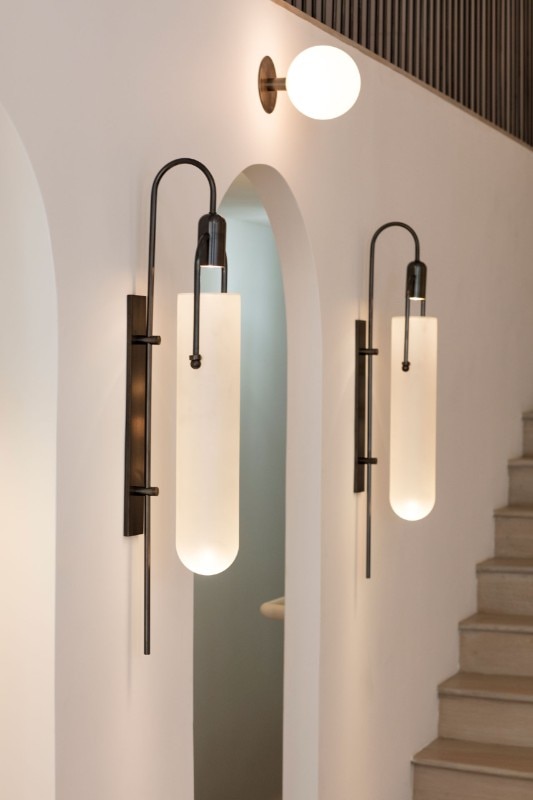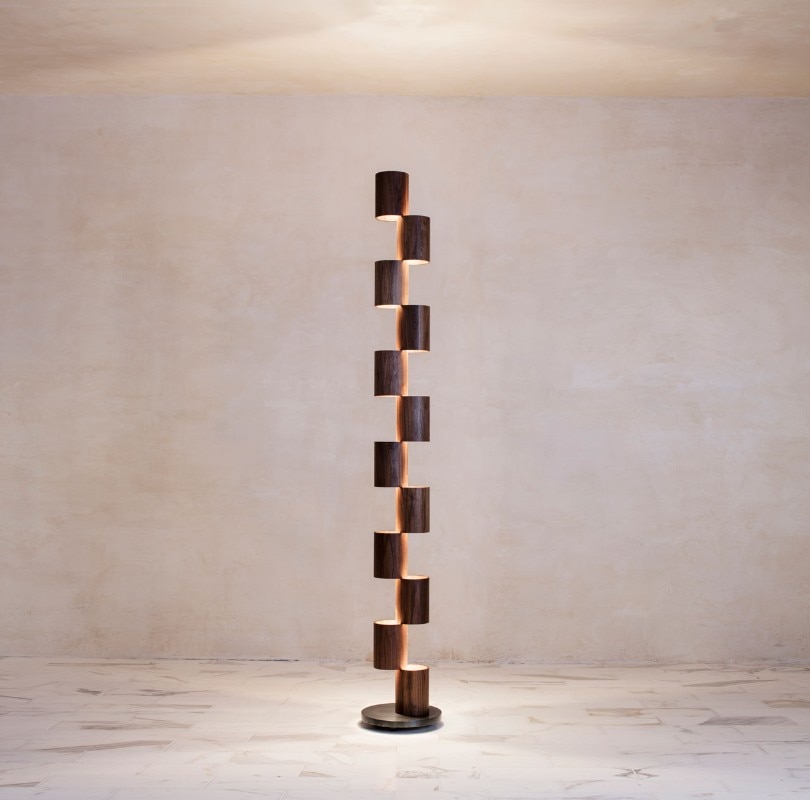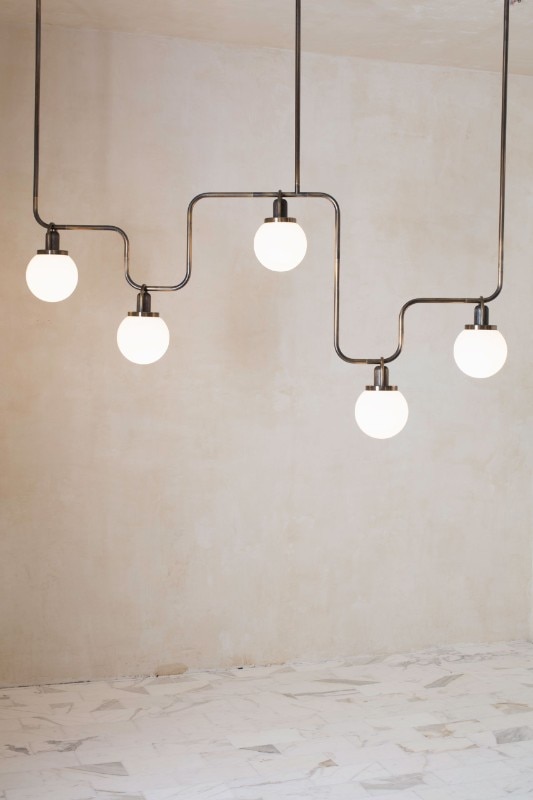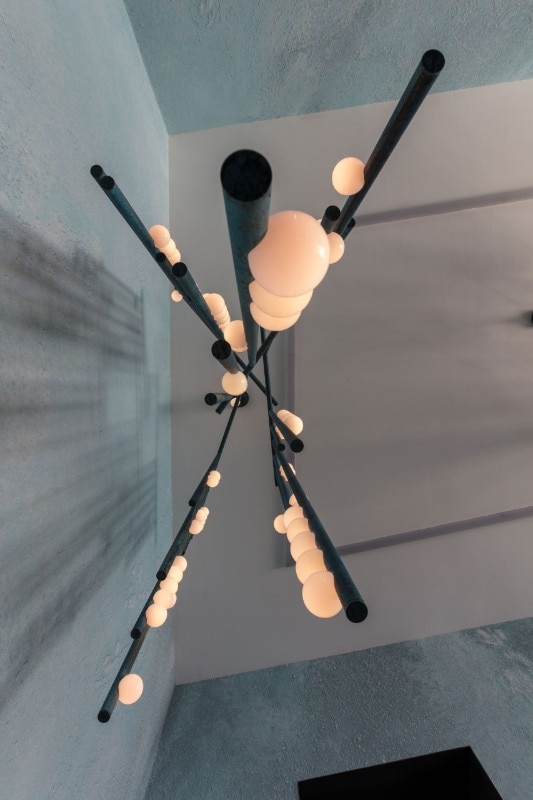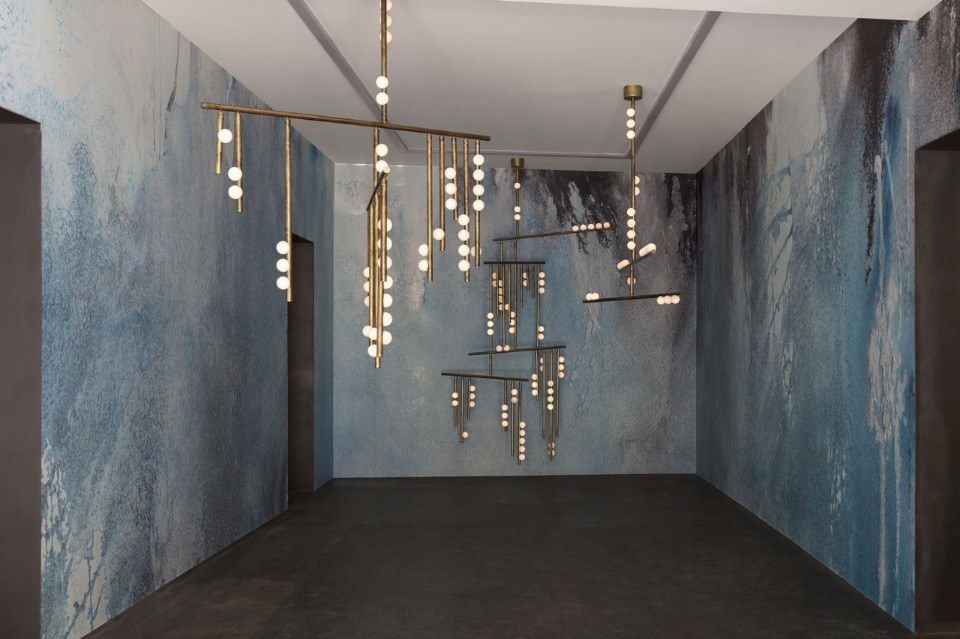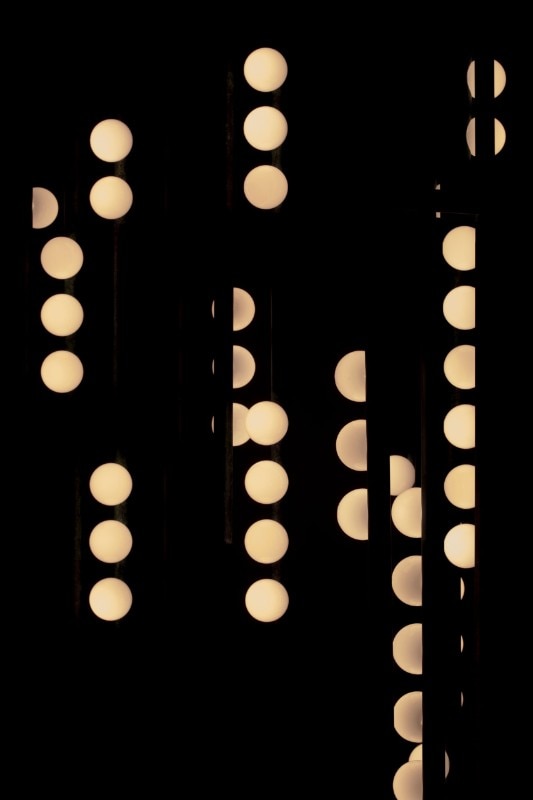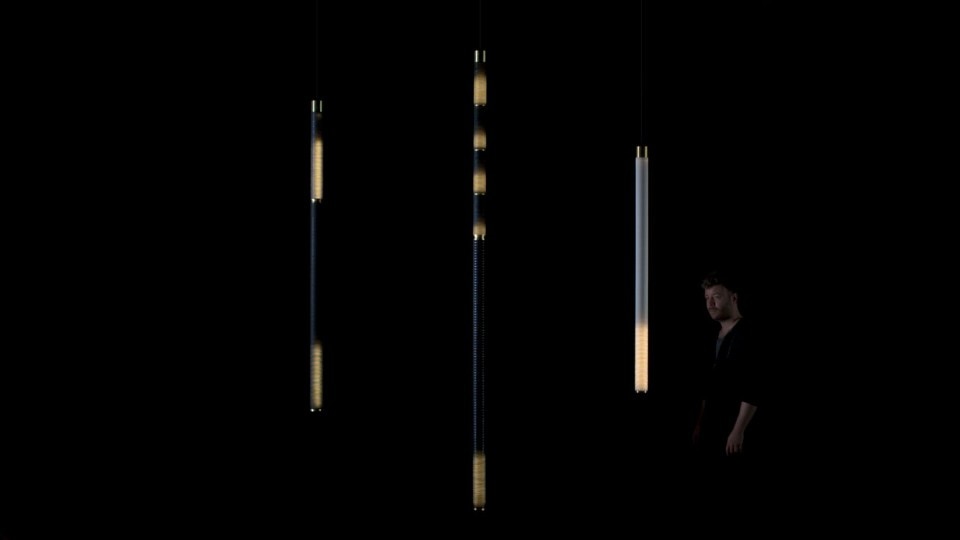Twenty years ago, the idea of New York design was relatively unheard-of. Back then, most practitioners were far less tethered to a local identity and operated behind the veil of large international firms. In the wake of the 2008 economic crash, many established their own autonomous studios. Brooklyn—at the time, abundant with affordable places to set up shop—became a hotbed for a close-knit group of self-producing talents. The so-called ‘makers-movement’ and New York design scene quickly gained recognition. 10 years-on and it’s hard to avoid the impact of this thriving movement but not everything had stayed the same. The soaring cost of rent has made it more difficult to practice. Available studio spaces are harder to come by as gentrification picks up the last bits of this city.
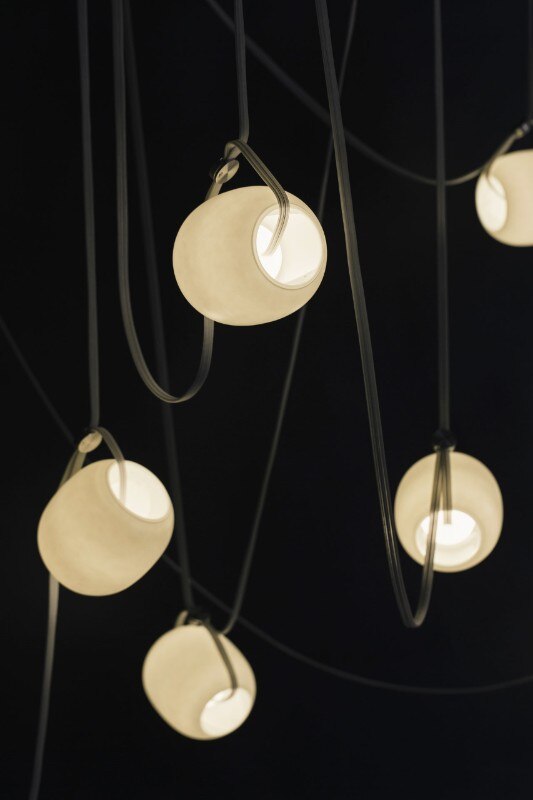
Yet, with a hardworking and entrepreneurial spirit, New York designers survive by constantly reinventing themselves. Responding to tight working conditions, many have traded in larger applications like furniture for smaller accessories while others have opted to work within the high-end sector. This level of the market provide space and time for talents to postulate new ideas, with less financial constraint. As much as gentrification poses a problem, it also establishes a larger client base. The socio-economic implications of accessibility notwithstanding, new real estate development creates more living space and in turn, a higher necessity for design.
Amplified in the past few years, Lighting has come to define a large part of the New York design zeitgeist; revived from the city’s industrial past. Names like Bec Brittain, Rosie Li, Jason Miller, Ladies and Gentlemen Studio, and Pelle have captured the collective imagination. The medium appears to offer designers with the perfect bridge between small batch production and high-end demand. “One of the advantages of manufacturing here is the adjacency to our vendors and suppliers, “They are all in the greater New York region, which allows for reliable transit times and site visits when necessary.” top designer David Weeks explains. Areas like Long Island City and Industry City have emerged as bastions for small to mid-scale production. “However, with proximity comes higher costs. It is more expensive to manufacture locally than to outsource work to another country,” he adds.
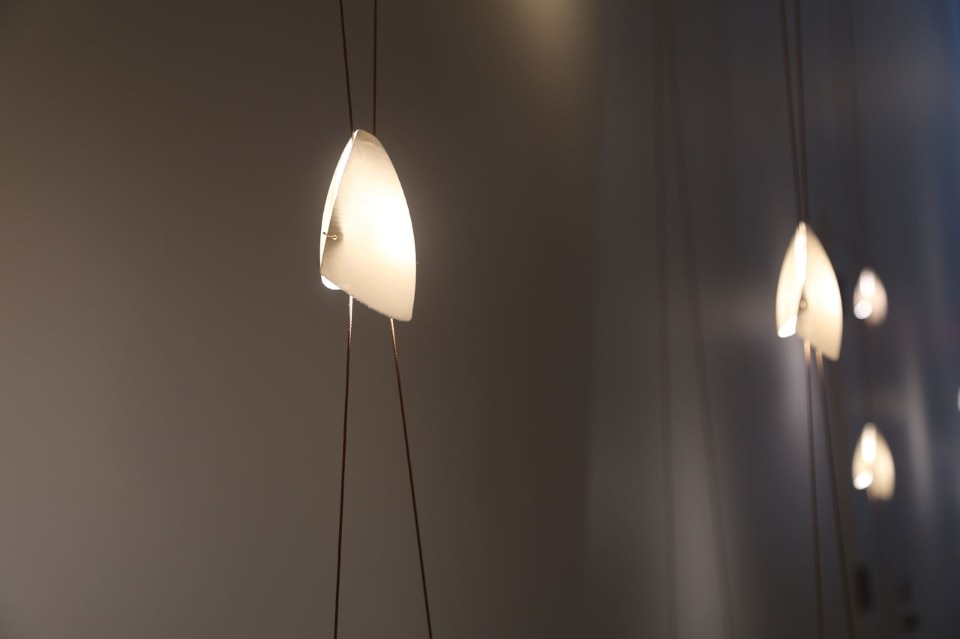
Newcomer duo Allied Maker manage their own production facility in nearby Nassau County, Long Island. “It allows us to seek perfection and refinement in a way that wouldn’t be possible without that control,” co-founder Lanette Rizzo describes. Inaugurating Allied Maker’s new Tribeca storefront during this May’s NYCxDesign, was a wide gamut of luminaries; revealing the duo’s attention to noble materials and finishes, as well as light-conducive forms.
One of the advantages of manufacturing here is the adjacency to our vendors and suppliers, They are all in the greater New York region, which allows for reliable transit times and site visits when necessary.– David Weeks
The nature of the medium itself also presents advantages when it comes to urban manufacturing. Conceived as the sum of multiple parts, everything from sconces to large installations can be assembled in confined spaces. “A large fixture can be fabricated in a small workshop,” New York design heavyweight Lindsey Adelman explains. While many of her free-flowing chandeliers are destined for expansive interiors, Adelman is able to develop and manufacture them in her Sunset Park studio. As evidence of her transformative yet intrinsically individual style, the latest angular and minimalistic Drop System series is a marked departure from Adelman’s organic aesthetic. However the choice of material and detailing is indicative of her artisanal approach.
“The self-production model lends itself to certain types of objects and scales of manufacturing,” Rich Brilliant Willing (RBW) co-founder Theo Richardson reflects. “These agile organizations have a competitive edge over larger entities, because they can bypass longer development cycles; implement, and reveal new technologies at a much quicker rate.” He cites that well-established European manufacturers can be limiting in this regard. A strong example of the self-sufficient New York business model, RBW has been a proponent of new innovations since arriving on the scene in 2009. The new Vitis collection and OLED x Knit Concept demonstrate how rapidly advancing technologies have completely redefined the lighting design vocabulary, unleashing the medium from the constraints of traditional bulb forms. Weeks’ recent ‘proof of concept’ Lorre system plays off of this new reality but applying different light diffusers to a system of interlocking, low-voltage wires that are suspended from floor to ceiling.
The agile self-production model has a competitive edge over larger entities: implement, and reveal new technologies at a much quicker rate.– Theo Richardson
A new venture for Rux Studios – the force behind Stickbulb – BeGradual employs new innovations in lighting technological for an entirely different purpose than just illumination itself. Lightweight is a conical fixture that gradually illuminates based on these different measurements. “RUX Studios, is not explicitly a lighting company, although our first design in this medium is a chandelier that tells time,” co-founder Russell Greenburg explains. “The vision for BeGradual is to help people better appreciate time by creating perception-altering clocks.”
For Gabriel Hendifar, co-founder of the wildly successful Apparatus Studio, the advantage of the craft-led working model provides him and his partner Jeremy Anderson with the ability to maintain a holistic brand vision. The duo achieves this by housing their workshop and showroom within the same space. “It’s particularly gratifying to see a client walk through our formal showrooms and then watch their wonder as they see that everything is also made here.” Apparatus’ new ACT II collection draws inspiration from Hendifar’s Persian heritage. “It has to be personal,” leading designer David Weeks explains. “The difficult part is finding your own vision and voice within the limitations of small batch manufacturing.”
It’s particularly gratifying to see a client walk through our formal showrooms and then watch their wonder as they see that everything is also made here.– Gabriel Hendifar
With an increase in lighting design throughout the world – not just New York – the issue of trendiness and originality is tough to calibrate. Yet some voices in the design industry have begun to criticize this phenomenon as saturated; citing the restrictions of the medium itself but also the redundancy of aesthetic homogeneity. When considering the six voices included in this feature – not all working with light exclusively – it’s hard to support this critique. While certain minimalistic and decorative styles run a loose threads through these different practices, the intentions and goals of each are different. The collective output of the whole is diverse.
Lighting is critical in design. Other elements are arguably optional. With no light, there would be no way to enjoy them. Lighting impacts the environment and allows users to see their space and work on tasks.– Lanette Rizzo
“There’s a disadvantage of sharing the spotlight with many competitors who are doing similar things, who may not understand light as a medium. However, there’s a growing a sense of credibility as this movement gains traction,” Richardson explains. “It’s more a question of pushing each other forward,” Rizzo adds. “Lighting is critical in design. Other elements are arguably optional. With no light, there would be no way to enjoy them. Lighting impacts the environment and allows users to see their space and work on tasks.” “We need light to escape the stress of New York,” Adelman concludes.


